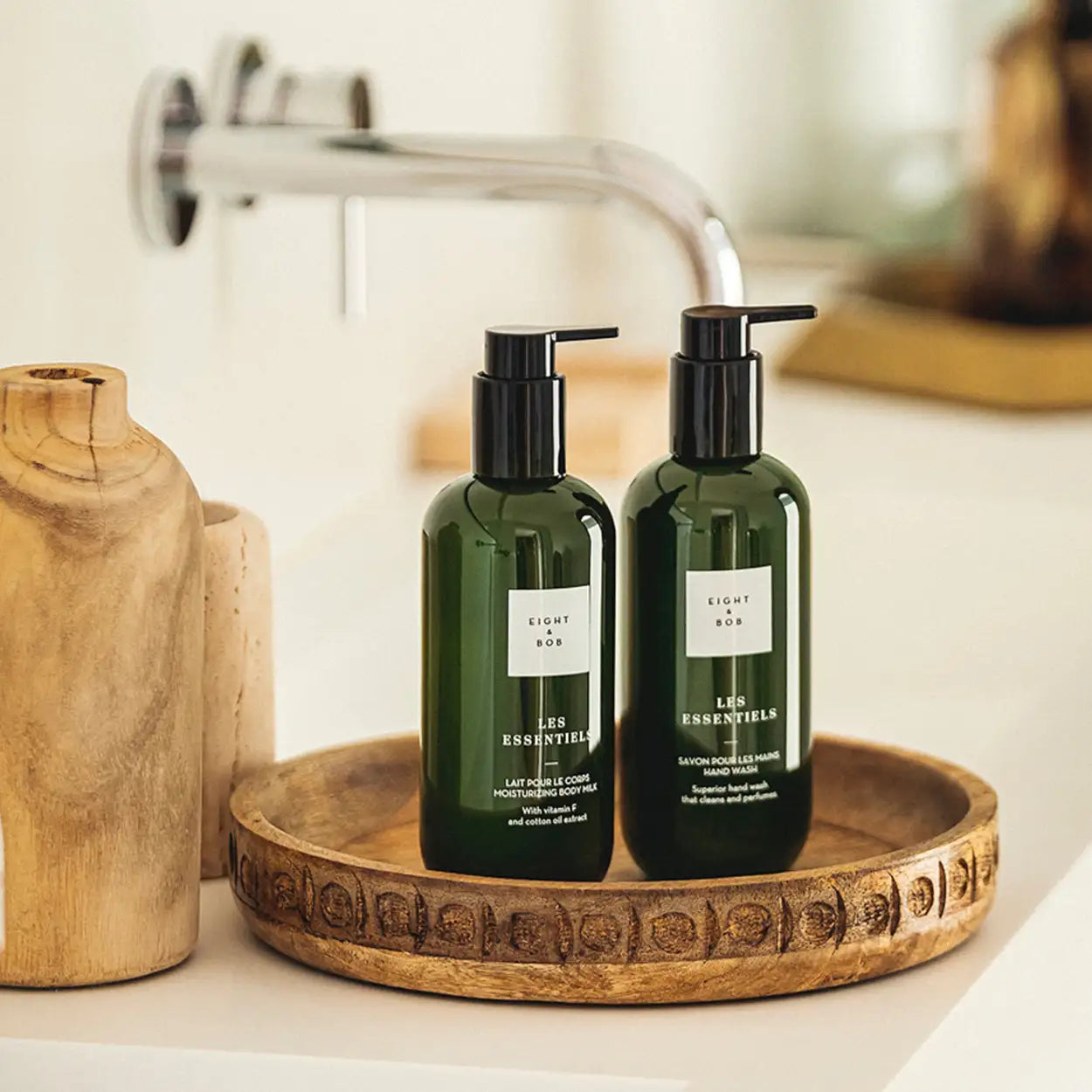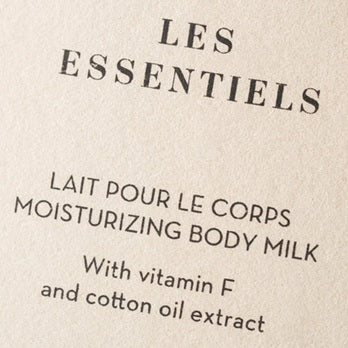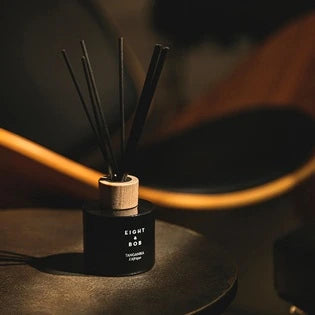Understanding Fragrance Notes: A Complete Guide

Perfume is an intricate composition of art, science, and emotion. At its heart lies the structure of fragrance notes, the building blocks that determine a perfume’s aroma journey - from the first impression to the lasting scent on the skin. In this comprehensive guide, we will explore the essential perfume notes, how they interact, and why understanding them is crucial to choosing and appreciating fine fragrances.
What Are Fragrance Notes?
Fragrance notes are individual aromatic ingredients that unfold over time after a perfume is applied. They are categorized based on their volatility and perception, divided into top notes, heart (middle) notes, and base notes. This structure is commonly referred to as the perfume pyramid.
Each level of this pyramid serves a unique role:
- Top Notes: The initial impression.
- Heart Notes: The core character.
- Base Notes: The lasting memory.
Let’s explore each layer in detail.
Top Notes: The First Impression
Top notes are the lightest and most volatile molecules, evaporating within 5 to 15 minutes. They are the first fragrance notes you detect when applying perfume and are crucial for forming the initial impression.
Common Top Notes:
- Citrus oils (lemon, bergamot, orange)
- Aromatic herbs (lavender, basil, mint)
- Light fruits (apple, pear, berries)
- Aldehydes (fresh, metallic, or soapy scents)
Top notes are often crisp, bright, and invigorating, designed to capture attention and pique interest. Though fleeting, they set the tone for the fragrance journey.
Heart Notes: The Fragrance’s Soul
Once top notes fade, heart notes (also known as middle notes) emerge. They form the core body of the fragrance and can last anywhere from 30 minutes to a few hours. These notes are more rounded and complex, often blending seamlessly into both the top and base notes.
Common Heart Notes:
- Floral accords (rose, jasmine, ylang-ylang, iris)
- Spices (cinnamon, nutmeg, cardamom)
- Fruity notes (peach, plum)
- Green notes (tea leaves, grass)
Heart notes create the character and signature of the perfume. They are usually what people remember when describing a scent.
Base Notes: The Lasting Trail
Base notes are the foundation of a perfume, typically developing after 30 minutes and lingering for several hours, sometimes even until the next day. They consist of larger, heavier molecules that evaporate slowly, providing depth and longevity to the fragrance.
Common Base Notes:
- Woods (sandalwood, cedarwood, oud)
- Resins (myrrh, frankincense)
- Balsams (tolu, benzoin)
- Musk, amber, and vanilla
These fragrance notes are rich, warm, and sensual, leaving a lasting impression. A perfume's staying power and silage (the trail it leaves in the air) are primarily determined by its base.
The Perfume Pyramid: How Fragrance Notes Interact
The perfume pyramid visually represents how a fragrance unfolds over time
- Top Layer: Immediate, short-lived (0–15 mins)
- Middle Layer: Core scent (15 mins–3 hrs)
- Base Layer: Deepest and longest-lasting (3+ hrs)
This hierarchy is carefully constructed by perfumers (noses) to ensure a smooth olfactory evolution. A well-balanced pyramid provides a harmonious blend where no fragrance note overwhelms the other.
Fragrance Families and Note Structures
Perfumes are often grouped into fragrance families based on their dominant notes. Understanding these can help you identify preferences and navigate the world of perfumery more easily.
Fragrance Notes Families Overview
- Floral: Emphasizing blooms like rose, jasmine, tuberose.
- Oriental: Warm and spicy, featuring amber, musk, vanilla.
- Woody: Earthy and grounding, dominated by sandalwood, cedar.
- Fresh: Crisp and clean, with citrus, green herbs, and aquatic notes.
Each family has a unique fragrance note structure, offering varying olfactory journeys. For instance, a citrus fragrance will emphasize vibrant top notes, while a woody oriental might shine in its base.
How to Identify Fragrance Notes
Reading a perfume’s note list doesn’t always prepare you for how it will smell in real life. Factors such as body chemistry, environment, and skin pH affect how fragrance notes develop. However, you can train your nose and become more attuned to recognizing individual notes.
Tips for Identifying Notes:
- Smell fragrances on blotters and skin, compare the evolution over time.
- Learn raw materials by smelling essential oils or perfume ingredients individually.
- Use perfume pyramids or scent maps provided by brands.
With practice, you’ll be able to detect when top notes fade, how heart notes blend, and how base notes anchor the composition.
Niche vs. Designer Perfumes: Composition Differences
Niche perfumes often highlight unique, rare ingredients and unconventional note structures. These scents may eschew traditional pyramids, favoring linear or abstract compositions.
Designer perfumes, on the other hand, usually follow the classic pyramid model, aimed at broader appeal and commercial success.
Understanding note structure helps appreciate the craftsmanship behind both styles.
Choosing the Right Perfume Based on Notes
To find your signature scent, focus on the notes and families that resonate with you. Whether you're drawn to the sparkle of citrus, the romance of florals, or the depth of woody accords, knowing your preferences allows for more confident choices.
Think about how different perfumes suit different contexts, light citrus or floral scents often work best during the day, while deeper oriental or woody fragrances are more fitting for nighttime wear.
Seasonal changes can also influence your selection: fresh, airy notes are ideal for summer, whereas warm, spicy compositions feel comforting in winter;
Even your mood plays a role, lavender can have a calming effect, bergamot brings energy and brightness, and patchouli adds a sensual touch. By exploring sample sets and paying attention to the notes you enjoy (and those you don’t), you can build a well-rounded, intentional perfume wardrobe that truly reflects your personality and lifestyle.
Fragrance Notes as a Language of Emotion
Understanding fragrance notes transforms the act of wearing perfume into a sensory ritual. With knowledge of top, heart, and base notes, you can better navigate the rich universe of perfumery, selecting scents that align with your personality, style, and the story you wish to tell.
To build a truly refined and personal perfume wardrobe, we invite you to explore the exquisite world of Eight & Bob, where each fragrance is crafted with timeless elegance, artisanal mastery, and a storied heritage. Discover your next signature scent with our thoughtfully curated collection, and let your aroma reflect your unique journey and refined sensibilities.


















